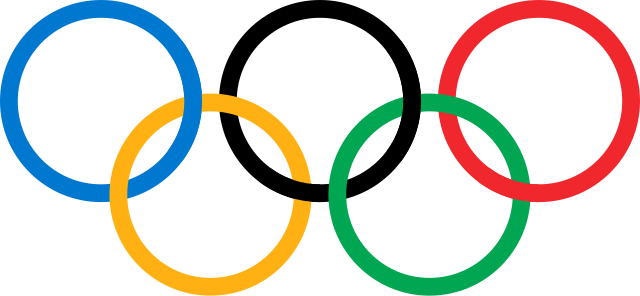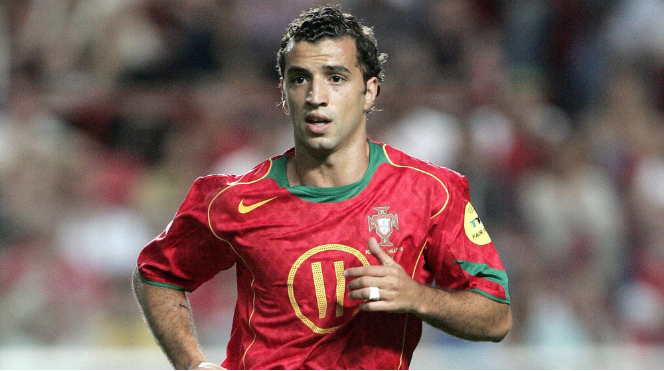Five key facts to know about Iceland
Here are five key facts about Iceland, which goes to the polls Saturday in an election set to shake up the political landscape.
Situated near the Arctic Circle, the Republic of Iceland consists of one large island — the 17th largest in the world — and several smaller ones.
Surprisingly, given its location in the North Atlantic, Iceland enjoys a relatively mild climate thanks to the Gulf Stream.
The volcanic island, with its breathtaking scenery, is home to 334,000 people, spread out over 103,000 square kilometres (40,000 square miles).
More than 11 percent of Iceland lies under glaciers.
In 2010, the Eyjafjoell volcano under the Eyjafjallajokull glacier, shot a massive plume of volcanic debris into the sky.
The eruption caused global travel chaos, stranding more than eight million travellers as ash spread across Europe.
While fishing is a pillar of the economy — accounting for 25 percent of exports — it is the hydroelectric and geothermal energy sector, services and tourism that provide the most jobs.
Tourists come to enjoy the spectacular waterfalls, hot springs and geysers as well as take part in winter sports and hiking.
In recent years, Iceland’s fishing industry has been hit hard by retaliatory trade measures from Moscow after it joined in with the European Union’s 2014 sanctions against Russia over its annexation of Crimea.
Iceland was one of Europe’s most prosperous countries until its three biggest banks and its oversized financial sector collapsed in 2008.
The nation was plunged into a devastating economic crisis and forced to seek a bailout from the International Monetary Fund.
A string of bankers were sentenced to prison, the failed banks were temporarily nationalised and then sold and foreign investors had to accept write downs on their debt holdings.
Capital controls are only now in the process of being lifted.
Iceland now enjoys robust growth, hitting 4.2 percent in the first quarter of 2016. Unemployment is under five percent and public debt fell last year to its 2009 level.
After the financial crisis, Iceland launched EU membership negotiations in 2009 amid a perceived need for political and monetary security.
Talks with Brussels made good progress between 2011 and 2013, although the sensitive fisheries portfolio was never broached.
Reykjavik and Brussels had for years been engaged in a “mackerel war”, which saw Iceland unilaterally increase its catch quota at the end of 2010.
In 2013, a new centre-right coalition suspended the EU negotiations, and in March 2015, Iceland officially abandoned the talks.
The anti-establishment Pirate Party, which could form a coalition with other centre-left and left parties after Saturday’s election, has vowed to hold a referendum on resuming the accession process.
Iceland was ensnared in the leak of the so-called “Panama Papers” in April.
According to the documents, some 600 Icelanders had holdings in tax havens, including the then centre-right prime minister Sigmundur David Gunnlaugsson, who was forced to resigned.
Former president Olafur Ragnar Grimsson decided not to run for a sixth term in a June election after his wife also appeared in the leaked documents


